Today, we will explore the lesser-known but promising therapeutic modalities CWTT (Cold Water Immersion Therapy) and RLT (Red light therapy). Let's begin by understanding what these two terms entail.
Understanding CWIT and RLT
CWIT
Cold water immersion therapy is a type of cryotherapy that involves immersing oneself in cold water (temperature ranges from 10-15 degrees Celsius) for 10 to 15 minutes to trigger a therapeutic effect in the body, such as boosting immunity, blood circulation, and relieving fatigue.

RLT
Red light therapy or low-level laser therapy (LLLT) harnesses the power of red light by using specially designed combinations of red and near-infrared light LEDs, which induce photochemical effects in biological tissues. It is a safe and effective physical therapy method widely used in medicine to combat inflammation and pain and promote healing.
Effects of CWIT and RLT on the human body
CWIT effects
- CWIT triggers a cascade of physiological responses by quickly cooling the body, stimulating the body's neuroendocrine system, and helping relieve muscle pain.
- CWIT can also improve the permeability of peripheral blood vessels, prevent edema and exudation, and reduce the metabolic rate of tissues, inflammatory reactions, and symptoms such as redness, swelling, heat,and pain.
RLT effects
- RLT is a non-invasive treatment that penetrates deep into the skin, stimulates mitochondria, and enhances ATP production to promote cellular function and skin rejuvenation.
- Skin, tissues, and blood have the potential to absorb different red and near-infrared light wavelengths directly to promote photobiomodulation. Red light therapy is used to maintain general wellness and to heal and prevent a variety of conditions, including arthritis, trauma, wound healing after surgery, skin disorders, and other inflammatory disorders.
Comparative Analysis of CWIT and RLT curative effects on the body
|
Metric |
CWIT |
RLT |
|
Muscle Recovery Post-exercise |
Accelerated |
Enhanced |
|
Cardiovascular Response |
Reduced heart rate promotes relaxation |
Balanced heart rate supports heart health |
|
Perceived Exertion |
Diminished exertion |
Reduced exertion significantly |
|
Skin Health |
Moderate improvement with time |
Quick Rejuvenation |
|
Safety Profile |
Risk of hypothermia and exacerbations of other diseases |
Non-invasive, minimal risk |
User Testimonials
CWIT Users
CWIT users have reported a feeling of freshness, relief from stress, reduced muscle soreness and fast recovery after acute and chronic injury. However, most of the claims about the effect of CWIT have not yet been scientifically confirmed.
RLT Users
RLT is hailed as the light of life by the medical community and its enthusiastic users. RLT is best known for its transformative effects on skin, wounds, musculoskeletal injury, and pain. According to the majority of RLT users' experience and research studies, RLT, as a painless therapy, is highly effective and superior to other minimally invasive treatments.

CWIT Usage Precautions
CWIT is commonly used by athletes to promote post-exercise muscle recovery and relaxation. Although some studies have shown an association between CWIT and certain health benefits, this practice is not suitable for everyone. The U.S. Centers for Disease Control and Prevention warn that hypothermia can occur in any water temperature below 70 degrees Fahrenheit (21 degrees Celsius). Cold water immersion leads to hypothermia because water causes rapid heat loss from the body.
Contraindications to CWIT
CWIT is not suitable for use by infants and the elderly, and people with the following conditions should use it with caution.
- Circulatory disorders
- Chronic inflammation or deep purulent lesions
- Tissue damage, rupture, or developing wounds
- Allergy to cold
- Respiratory diseases
- After intense exercise
- Pregnant and menstruating women.
CWIT Adverse Reactions
CWIT may also hinder athletes who aim for strength training and want to achieve better outcomes. You are advised to adjust to CWIT gradually. For many people, a drastic temperature change can put too much strain on their bodies. If you're not used to showering cold, you can try gradually lowering the temperature of the water. Push yourself out of your comfort zone while listening to situations that your body can handle. If you decide to try cold water soaking on your own, consult your doctor and try it in a safe environment with the help of a trained specialist.
RLT Usage Precautions
RLT is generally used by wellness enthusiasts at home as well as in clinics to prevent and heal various diseases. Although it is a safe and non-invasive method, it is important to pay attention to the manufacturer's guidelines before using it. RLT devices are available in different wavelengths and irradiances, depending on the treatment goals. Research studies have shown that RLT with the 630–850 nm wavelength effectively improves skin rejuvenation and scar healing.
Contraindications to RLT
RLT is not suitable for use by infants, pregnant women, or people with the following conditions; they should use it with caution.
- Eye disorders
- Photosensitivity
- Skin sensitivity
- Cardiovascular diseases
RLT Adverse Reactions
RLT is proven to be non-invasive and side-effect-free. All parameters, including irradiance and wavelength, are in safe ranges. In rare cases, the minimum adverse reaction some people can have is a slight headache. If used properly, it does not cause any damage to the eyes or skin. It is important to consult a doctor before using it as a single or combined therapy with other drugs. RLT may vary depending on the types of injuries, periods of injury, and different conditions of wounds.
Conclusion
Both CWTT and RLT offer special therapeutic perks and considerations. While CWIT may boost muscle recovery and vitality, RLT shines in the realm of skin rejuvenation and relieving musculoskeletal inflammation and pain. Although both CWIT and RLT have anti-inflammatory and analgesic effects, it is necessary to know these therapy limitations. CWIT is not suitable for everyone and can negatively affect body functions, while Bestqool RLT is generally considered a safe and highly advanced form of phototherapy to combat diseases.
References
[1] Xiao, F., Kabachkova, A. V., Jiao, L., Zhao, H., & Kapilevich, L. V. (2023). Effects of cold water immersion after exercise on fatigue recovery and exercise performance--meta analysis. Frontiers in physiology, 14, 1006512. https://doi.org/10.3389/fphys.2023.1006512
[2] Glass G. E. (2021). Photobiomodulation: The Clinical Applications of Low-Level Light Therapy. Aesthetic surgery journal, 41(6), 723–738. https://doi.org/10.1093/asj/sjab025
[3] Wunsch, A., & Matuschka, K. (2014). A controlled trial to determine the efficacy of red and near-infrared light treatment in patient satisfaction, reduction of fine lines, wrinkles, skin roughness, and intradermal collagen density increase. Photomedicine and laser surgery, 32(2), 93–100. https://doi.org/10.1089/pho.2013.3616
[4] Tipton, M. J., Collier, N., Massey, H., Corbett, J., & Harper, M. (2017). Cold water immersion: kill or cure?. Experimental physiology, 102(11), 1335–1355. https://doi.org/10.1113/EP086283
Read More
- How Can Red Light Therapy Affects Your Sleep? – BESTQOOL
- Red Light Therapy | Unlock Wellness & Beauty Benefits – BESTQOOL
- Red Light Therapy Dosing Guide – BESTQOOL
- How To Create A Sleeping Routine For Newborns – BESTQOOL
- Red Light Therapy for Lyme Disease: Managing Symptoms and Enhancing Re – BESTQOOL
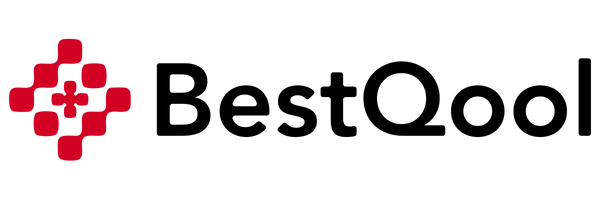


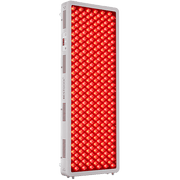






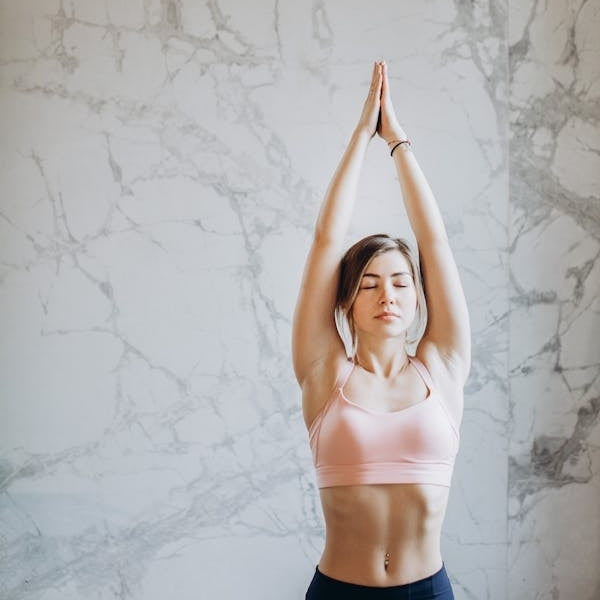


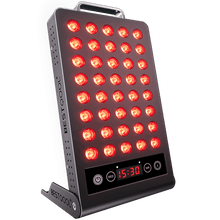
 Small
Small
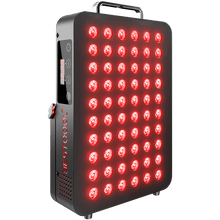
 Moderate
Moderate
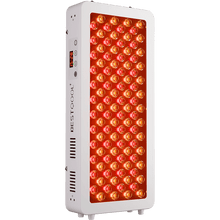
 Moderate
Moderate
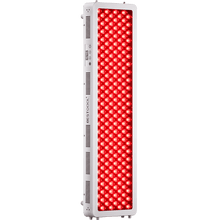
 Moderate
Moderate
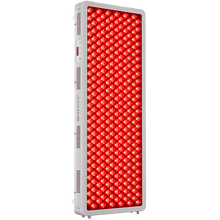
 Full
Full



